For critics of President Donald Trump’s tariffs, Wednesday may have become the new, unofficial date of “Liberation Day.”
The U.S. Court of International Trade’s unanimous ruling against Trump’s signature tariffs is not the first judicial rebuke of Trump’s second term administration — and it will not be the last — but it may be the most serious and consequential to date. For the time being, the decision provides a major source of relief to the large majority of Americans who opposed Trump’s tariffs; to the U.S. businesses, both large and small, whose operations were existentially threatened by a policy that changed by the day; to the country’s foreign trading partners, whose economies were thrown into disarray; and to international financial markets, which quickly rose after the decision came down.
It was also not particularly surprising. The administration’s legal position was precarious from the start, and as the inevitable litigation unfolded, it did not get better over time.
The ruling on Wednesday came down in two cases — one filed by a group of small businesses and the other by 12 Democratic state attorneys general. There are at least five other cases challenging the tariffs pending at the Court of International Trade and other courts throughout the country, but Wednesday’s decision was importantly the first ruling on the merits that Trump had exceeded his authority in imposing such sweeping tariffs. It will also likely pave the way for a more definitive resolution — the administration quickly filed notices of appeal and moved to stay the ruling — perhaps going all the way up the Supreme Court.
There were recent signs of desperation on the part of the administration as the court’s skepticism became increasingly evident over the course of lengthy oral arguments in the two cases.
Late last week, Justice Department lawyers told the court that a ruling against the government would undermine the administration’s “leverage” and “unravel the complex and delicate foreign-affairs negotiations unfolding around the globe.” “Interfering with the negotiations in their present state,” DOJ added, “would create a foreign-policy disaster.”
The argument was backed by declarations from three Cabinet secretaries — Secretary of State Marco Rubio, Treasury Secretary Scott Bessent and Commerce Secretary Howard Lutnick — along with U.S. Trade Representative Jamieson Greer. The gambit — arguably a not-so-subtle form of political blackmail — evidently flopped with the three judges, who are appointees of Trump, Barack Obama and Ronald Reagan.
The litigation is not over, but the legal terrain is probably not going to get any better for Trump. In some respects, it may actually get worse as the case moves up on appeal.
And although Trump has a Supreme Court that is heavily skewed in his favor — a 6-3 super-majority of Republican appointees that includes three named by Trump — it is far from clear that they will bail him out when all is said and done.
To fully understand the legal headwinds that continue to face the administration, it is helpful to zero in on a 50-year-old decision that quickly emerged as a central point of contention among the parties — and that the Court of International Trade relied upon heavily in ruling against Trump.
The case in question is known as United States v. Yoshida International, which affirmed President Richard Nixon’s power to impose a 10 percent tariff on imports that he announced in August 1971, under a statute known as the Trading with the Enemy Act (TWEA). The TWEA was the predecessor statute to the International Economic Emergency Powers Act (IEEPA), which Trump invoked to support his tariffs.
Nixon justified the tariff by claiming that an overvaluation of the U.S. dollar at the time had contributed to a trade imbalance and a deficit in America’s “balance of payments” (a broader economic measure that includes both trade and capital flows). The tariff was short-lived — Nixon terminated it in December 1971 after negotiating a realignment of exchange rates with a group of developed countries — but in the meantime, U.S. importers that paid the additional tax challenged Nixon’s legal authority.
One of those companies was Yoshida — now known as YKK — which challenged the tariff on zippers imported from Japan. The company filed a lawsuit and won in the lower court, but the decision was overturned on appeal several years later. (The lower court was then known as the Customs Court, and the appellate court was known at the time as the Court of Customs and Patent Appeals. Those courts have since been renamed the Court of International Trade and the U.S. Court of Appeals for the Federal Circuit, respectively. As a result, the decision binds the current Court of International Trade.)
Yoshida at first glance appeared to be quite helpful to the Trump administration.
The court concluded that the tariff was legally justified under the TWEA to address the trade imbalance and pointed to language in the statute that authorized the president to “regulate” the “importation” of foreign goods in the event of an emergency. That language was carried over into IEEPA as part of a much longer list of actions permitted by the president, though that list does not explicitly mention either tariffs or taxes (a point to which we will return).
In light of the parallel statutory language in TWEA and IEEPA, the Justice Department argued that Yoshida “continues to control today” and requires the Court of International Trade to rule in favor of the Trump administration.
As Wednesday’s decision makes clear, it was not so simple.
In several crucial respects, the Yoshida decision cut sharply against the administration’s position. That put the Justice Department in the awkward — and generally unenviable — position of having to pick and choose which parts of the decision that it likes, and which parts of the decision the courts should ignore.
For starters, the Yoshida decision rejected a key proposition that is at the heart of the government’s defense of Trump’s tariffs — the notion that courts have no power to review a president’s actions under IEEPA.
The court ruled in Yoshida that each presidential action under the statute “must be evaluated on its own facts and circumstances.” The court went on to emphasize that its ruling, while favorable to the Nixon administration, was not a blanket approval of “any future surcharge of a different nature, or any surcharge differently applied or any surcharge not reasonably related to the emergency declared;” that the president’s actions under the statute “must also bear a reasonable relation to the particular emergency confronted;” and that “emergencies are expected to be shortlived.”
In other words, the facts matter. But the facts then under Nixon — and the facts now under Trump — are markedly different.
Nixon’s tariff was fixed at 10 percent and in place for less than five months. Trump’s tariff framework is far more ambitious, open-ended and has been all over the place since his inauguration — with the effective dates and applicable countries, rates, exceptions and concessions under seemingly constant revision.
And if Trump and some of his advisors are to be believed, there would be no end in sight. “If President Trump succeeds like he wants to succeed,” Trump’s trade adviser Peter Navarro said earlier this year, “we are going to structurally shift the American economy from one over-reliant on income taxes and the Internal Revenue Service, to one which is also reliant on tariff revenue and the External Revenue Service.” That is a far cry from a five-month, supplemental 10 percent tariff like what Nixon imposed.
Two other, subtler points in the Yoshida decision made things worse for the administration.
First, Nixon’s tariff did not apply to all imports — only those that had been the subject of prior concessions under the government’s tariff schedule — and Nixon made clear in announcing the policy that the rates would nevertheless be capped at levels that Congress had previously set for the relevant goods. As a result, the court concluded in Yoshida that “the congressionally established rates remained untouched” and that Nixon was not claiming the power to simply impose “whatever tariff rates he deems desirable.”
Trump made no such concessions, which made it a relatively straightforward matter for the court on Wednesday to contrast Nixon’s “limited” tariffs with those imposed by Trump. Indeed, given the administration’s position that the courts cannot review Trump’s emergency declarations in support of the tariffs or circumscribe his authority to issue tariffs under IEEPA, he has effectively claimed the power not just to issue “whatever tariff rates he deems desirable” but to impose those tariffs whenever he wants, for any reason that he wants and for however long he wants.
Second, as a footnote in the Yoshida decision notes, Congress later enacted a specific statutory provision to address the problem that attracted the Nixon administration’s attention. That provision authorizes the president to impose tariffs in response to “large and serious … balance-of-payments deficits,” but it caps those tariffs at 15 percent and limits them to a duration of just 150 days unless Congress authorizes an extension.
Needless to say, the Trump administration did not invoke that statute, and Justice Department lawyers sought to downplay its significance given the fact that Congress kept the statutory language at issue in Yoshida on the books in IEEPA.
This argument also did not move the three judges on the Court of International Trade. They concluded that the existence of the statute demonstrated that “even ‘large and serious United States balance-of-payments deficits’ do not necessitate the use of emergency powers” and that they “justify only the President’s imposition of limited remedies subject to enumerated procedural constraints.”
The argument was rooted in the conclusion in Yoshida that if a president wanted to impose a similar tariff in the future, he must “comply with the statute now governing such action.”
Trump, of course, had no interest in doing that.
There is no way to definitively predict how the appellate court — and eventually the Supreme Court — will approach the matter. But there is good reason to question whether Yoshida will spur them to come to Trump’s rescue.
To start, the country’s federal courts — led by the Supreme Court — have become more committed to textualism as a mode of statutory interpretation. That has generally led to more fine-grained and narrower readings of statutes passed by Congress.
It is far from clear, for instance, whether the current Supreme Court would agree with the conclusion in Yoshida that the power to “regulate” the “importation” of foreign property under the relevant U.S. law includes even a limited power to impose tariffs or otherwise tax those goods. The textual analysis of that position was debatable even at the time and, if anything, is even shakier now.
To take just one example: In 2015, the Supreme Court threw out a conviction under the Sarbanes-Oxley Act in a case involving the captain of a commercial fishing boat who had attempted to obstruct a federal wildlife investigation by tossing out fish he was not legally permitted to capture.
In the plurality decision in Yates v. United States, Justice Ruth Bader Ginsburg concluded that the relevant statutory provision — which prohibits the destruction of “tangible object[s]” — did not cover fish. She pointed to the rest of the statutory text and the relevant historical context (the Sarbanes-Oxley Act was passed in the wake of corporate accounting scandals) in concluding that the provision covers “only objects one can use to record or preserve information, not all objects in the physical world.”
It is not hard to see how a similar interpretive approach could yield the conclusion that the language in IEEPA authorizing the president to “regulate” foreign imports does not include the unilateral and unfettered power to impose taxes or tariffs on them. That is particularly true given the fact that IEEPA was passed in the 1970s as part of an effort to limit the president’s emergency economic powers, not expand them.
As it happens, Chief Justice John Roberts joined the Yates decision, as did Justice Sonia Sotomayor; Justice Samuel Alito supported the result in a concurring opinion that focused heavily on textual analysis. Four of the justices currently on the court were not seated at the time — Justices Neil Gorsuch, Brett Kavanaugh, Amy Coney Barrett and Ketanji Brown Jackson — but in a book published last year, Gorsuch strongly implied that he agreed with the result in Yates.
The Supreme Court’s conservatives have also developed and emphasized two broader interpretive doctrines and themes that suggest that the outcome in Yoshida would not be the same today.
Under the so-called major questions doctrine, when an executive action exceeds an undefined threshold of “economic and political significance,” the justices insist on a clear delegation of authority from Congress on the matter. That does not exist in the case of Trump’s claim to sweeping, open-ended and unreviewable tariff powers.
And in overruling the Chevron doctrine last summer, the court’s conservatives emphasized that judges should not simply defer to the executive branch’s interpretation of ambiguous statutes when evaluating legal questions. The decision specifically concerned deference to statutory interpretations by federal agencies, but it also reflected the larger skepticism that the conservative justices have expressed about broad delegations of power from Congress to the executive branch — including under a “nondelegation doctrine” that has attracted the attention of some of the justices.
Indeed, the Court of International Trade cited — though did not fully rely upon — both of these points in ruling against the administration.
“Both the nondelegation and the major questions doctrines, even if not directly applied to strike down a statute as unconstitutional,” the court wrote, “provide useful tools for the court to interpret statutes so as to avoid constitutional problems.” The judges went on to explain that those “tools indicate that an unlimited delegation of tariff authority” from Congress to the president — which the Trump administration effectively claims that it has under IEEPA — “would constitute an improper abdication of legislative power to another branch of government.”
The Justice Department has argued that these lines of argument do not apply to the president himself, particularly when the relevant conduct implicates national security and foreign policy. And there is an undeniable strategic logic to the Trump administration’s position, which they sought to bolster with the declarations from Rubio, Bessent, Lutnick and Greer claiming (very dubiously) that a ruling against the administration would create a foreign policy disaster.
Under normal circumstances, courts are generally reluctant to intrude upon the president’s authority in matters involving national security and foreign policy, so framing Trump’s tariffs that way — as a matter of obtaining critical “leverage” over foreign countries in international affairs and diplomatic negotiations — could prove appealing as the case goes up on appeal. The Trump administration on Thursday said it would seek emergency relief from the Supreme Court “to avoid the irreparable national-security and economic harms at stake” if interim relief was not granted by the appellate court.
Still, it is a curious argument — and it may not carry the day, even with the Republican appointees on the Supreme Court.
After all, if the judges on the Court of International Trade and the plaintiffs are right — that Trump’s tariffs are illegal and unconstitutional — then Trump obtained his leverage over those foreign countries by breaking the law.
The notion that courts must now ignore that fact — because the administration disrupted the global economy, angered our foreign allies and created diplomatic turmoil across the globe — is like saying that the Trump administration should be given a pass because it has been violating the law on such a wide scale and for so long that the resulting chaos has itself become the legal justification for the policy.
Seen that way, it is not a particularly intuitive or appealing argument. But at the moment, it may be the best one Trump has.
.png)
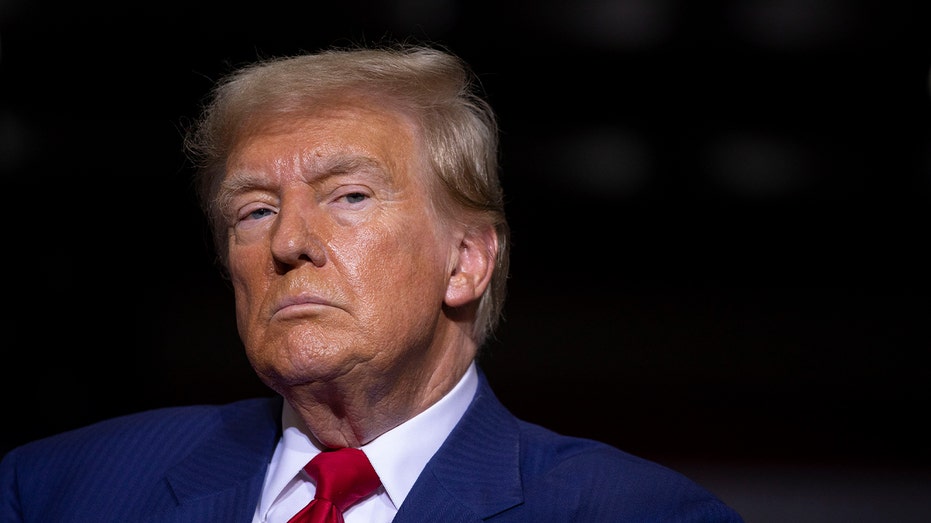
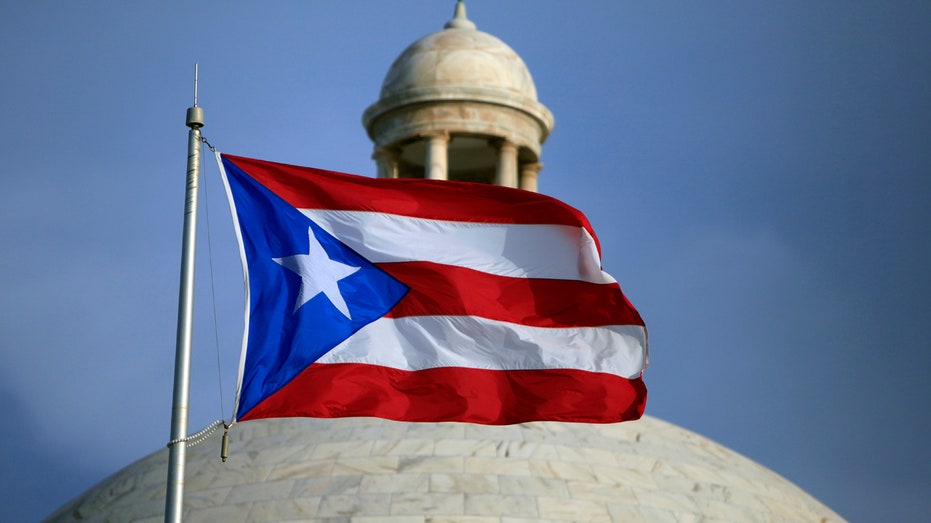


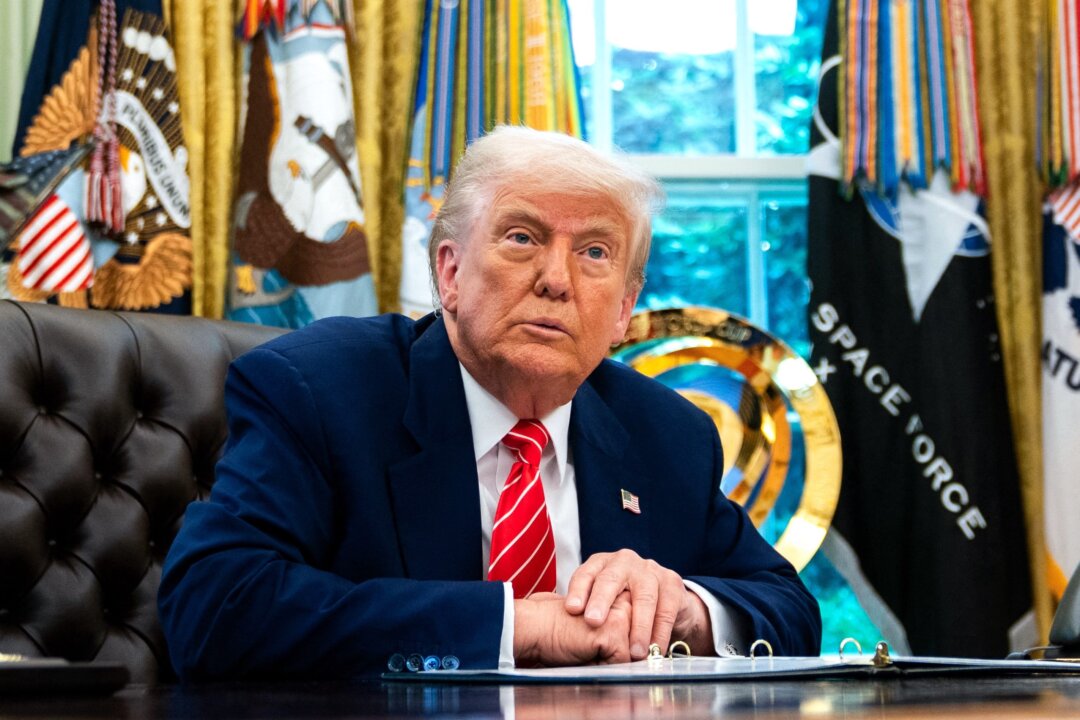
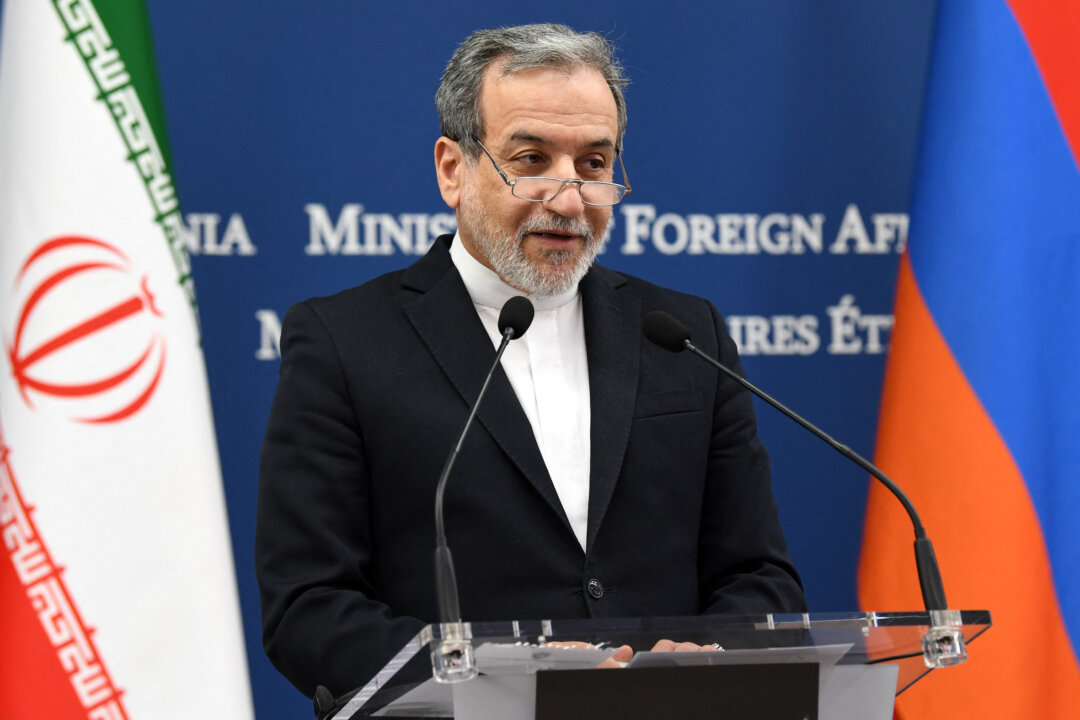

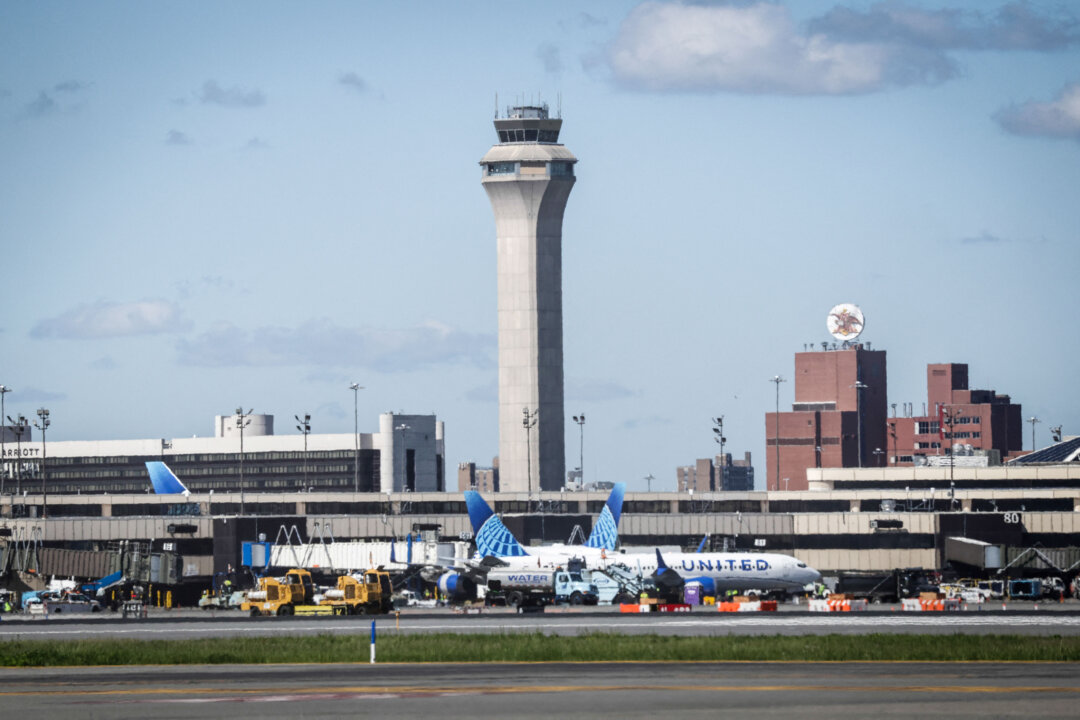

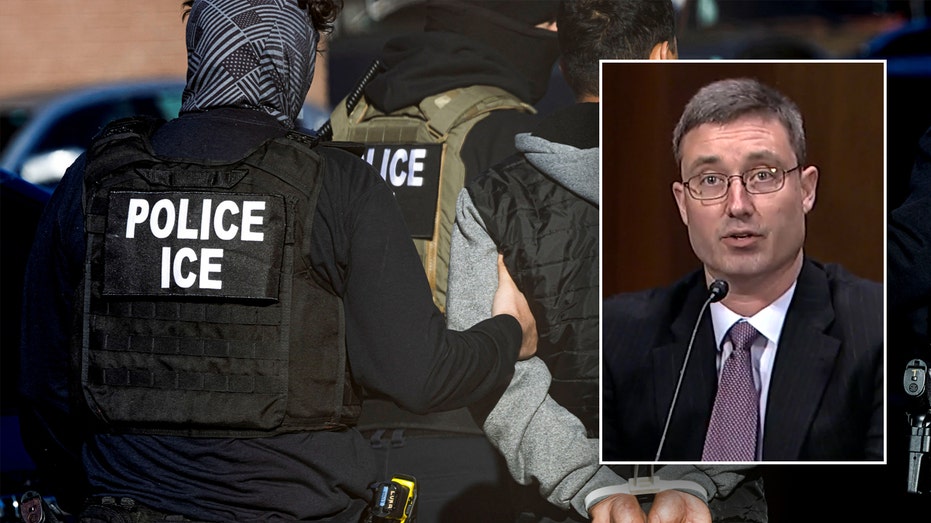


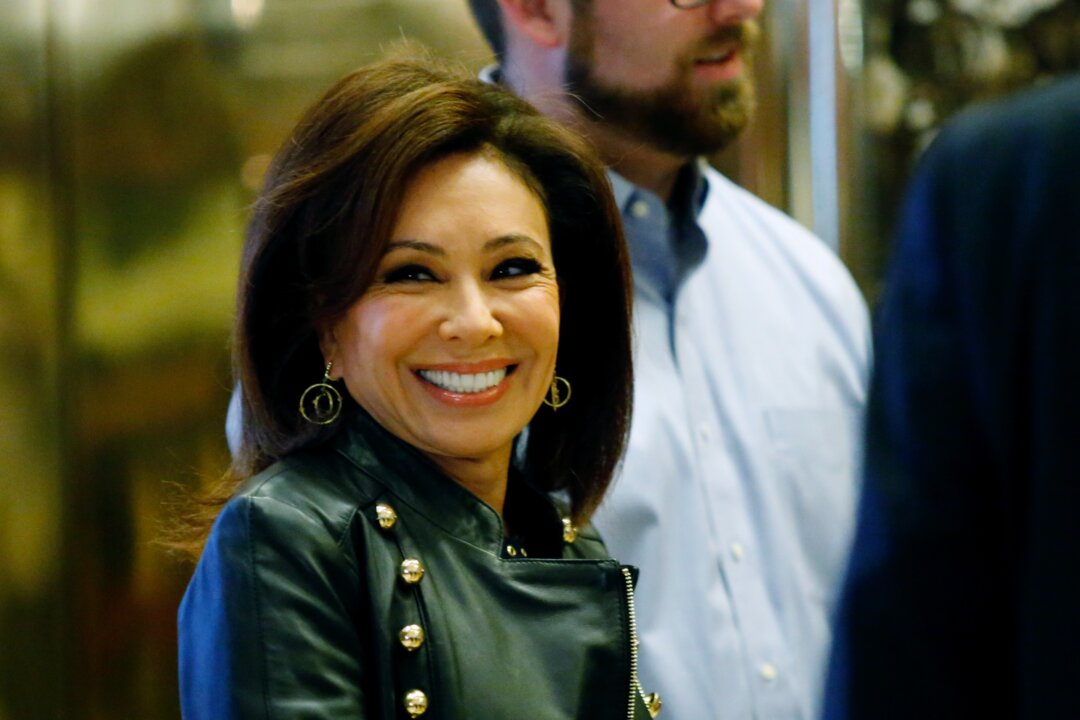


 English (US)
English (US)